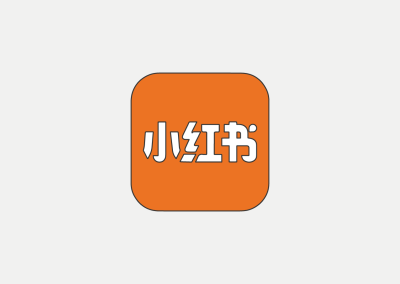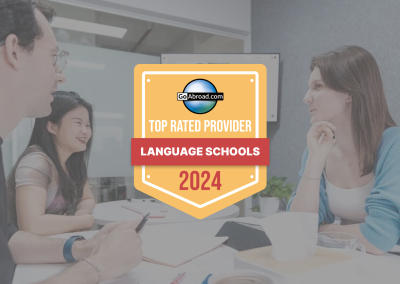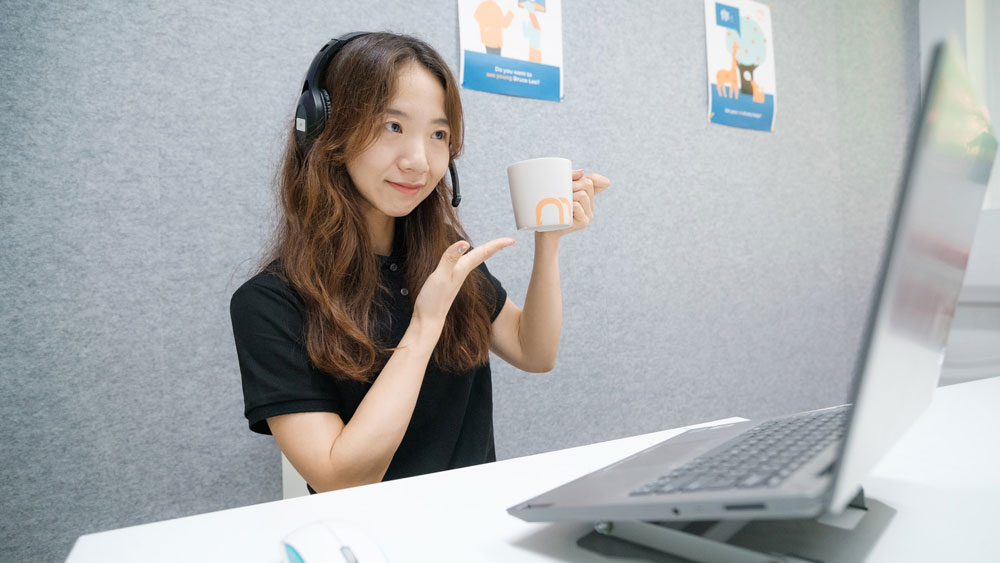Traditional Chinese clothing plays a vital role in China’s history and cultural heritage. The features of traditional clothing, such as Hanfu and Qipao (Cheongsam), vary across different geographic areas and historical periods. Iconic styles like Tang Dynasty clothing and other ancient Chinese dresses showcase the rich traditions and artistry of Chinese cultural attire.
Is There One Traditional Chinese Clothing Style?
The design of Traditional Chinese clothing styles features unique characteristics across different historical periods. This diversity makes it challenging to define a single style of Traditional Chinese fashion, as numerous variations emerged during different Chinese dynasties.
However, one type is most widely recognized as iconic Chinese attire: Hanfu (汉服, hànfú). By refining the fundamental elements of Ancient Chinese clothing and embracing the ancient aesthetic, Hanfu’s history and significance can be traced back to its creation during the Shang Dynasty over 3,000 years ago.
In addition to Hanfu, the Qipao Chinese dress (旗袍, qípáo) and the Chinese tunic suit (Zhongshan Zhuang) (中山装, zhōngshānzhuāng) are also important aspects of traditional Chinese clothing. These styles represent various facets of Chinese traditional dress and cultural attire.
Let’s explore these three popular styles of traditional Chinese clothing in more detail!
1. Traditional Hanfu

The design of Traditional Hanfu is based on the rich Chinese cultural background and Chinese etiquette culture, embodying unique national characteristics. In the word “Hanfu,” “Han” refers to the ethnic majority group in China, while “fu” stands for clothes. This distinction shows that Hanfu was originally created for the Han people, making it different from the clothing of people from other ethnic minority groups in China.
Hanfu was prevalent for an extremely long time period in the Chinese history as it flourished from Qin Dynasty (around 200 B.C) to Ming Dynasty (around the year 1600). In ancient China, hanfu was used to indicate a person’s social status, especially in the Western Zhou Dynasty, when a strict hierarchical society was established. Differences in the length of a skirt or the wideness of a sleeve actually decided people’s rank in society.
Traditional Hanfu presents itself as a long gown, with long sleeves and a cross-collar Hanfu (usually with the left side crossing over the right) as two of its most defining features. A sash is used to secure the garment around the waist, as traditional Hanfu does not use buttons.
2. Qipao

Qipao appeared in the 1920s and remained the “national dress” until the 1950s.
Originally, the Qipao was made wide and loose, covering most parts of the body. However, it could hardly be considered fashionable, and people sought a more snazzy style of dressing to suit their tastes. That’s why in the 1930s, the traditional Qipao was redesigned, incorporating Western patterns that highlighted the beauty of a woman’s body.
The Qipao was initially designed for upper-class women because its unique elegance demonstrated modesty rather than gaudiness.
In modern times, the Qipao has experienced a revival and regained popularity in China. Many Chinese women still wear the Qipao for formal occasions, and it continues to represent Chinese formal wear. Its appeal as women’s traditional Chinese clothing endures, and it remains a classic choice for Qipao for special occasions. The modern Qipao trends showcase modern adaptations, blending traditional design with contemporary flair, while maintaining its status as Chinese national dress.
3. Chinese Tunic Suit, Zhongshanzhuang

Chinese Tunic Suit, also called the Zhongshanzhuang or Sun Yat-Sen suit, is named after the famous Chinese revolutionist Sun Yat-Sen. The Chinese tunic suit was based on the redesign of a military uniform combined with features of Japanese school uniforms.
Zhongshanzhuang contains elements of both the traditional Chinese suit and the Western suit. It has a turn-down collar and four pockets with flaps, which looks simple but respectable. That’s probably why Zhongshan Zhuang quickly gained popularity among Chinese men in the mid-20th century.
Although China has gradually become a more open country since the 1980s Chinese economic reform, the Zhongshan Zhuang has been replaced by more modernized clothing. Nevertheless, leaders of China still wear the Chinese tunic suit for state functions, important events, and Chinese formal wear occasions.
Today, in 2025 the Chinese Tunic Suit is still part of Chinese culture. While modern Chinese clothing trends have this iconic remains a symbol of contemporary Chinese fashion.
Have you seen these 3 types of clothing before?
Which one would you like to have?
Share in the comments – or tweet us at @thatsmandarin!









